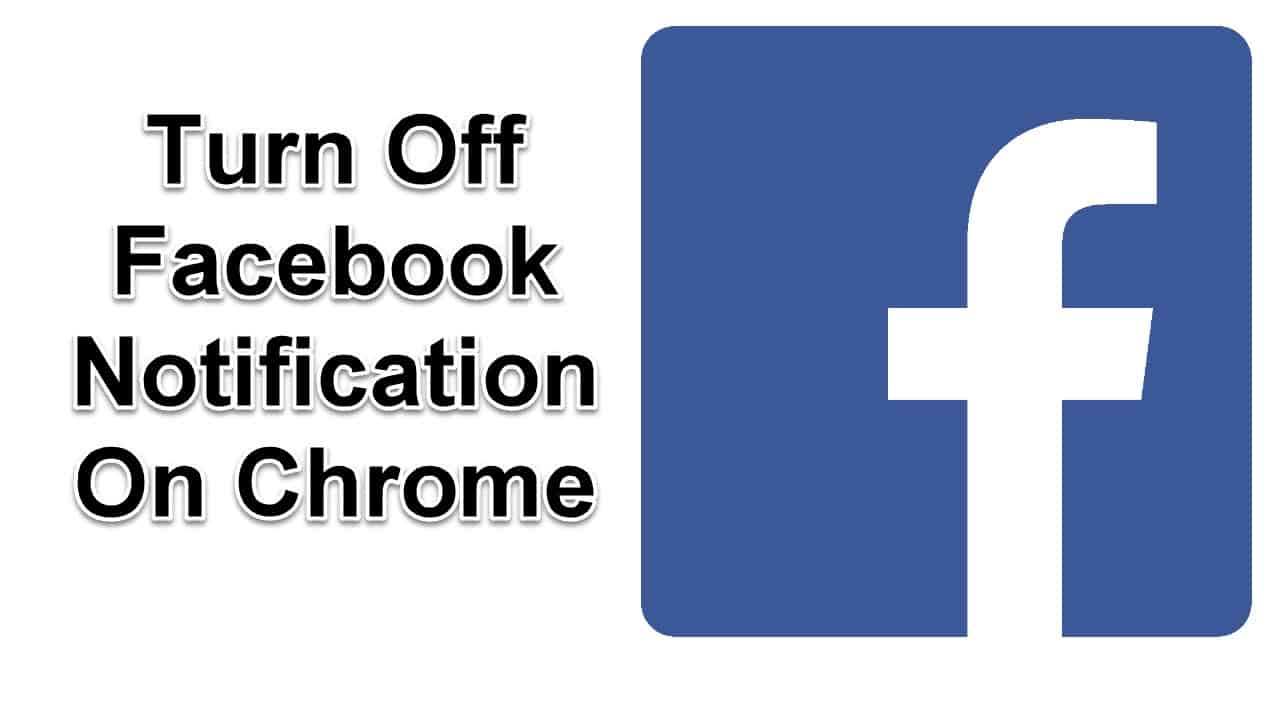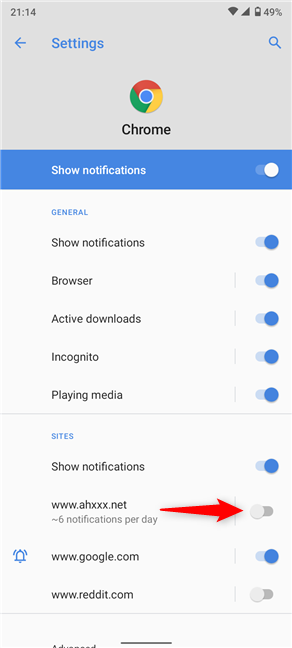

If you're using Microsoft Edge, click the "three dots" menu button at the top right corner of the browser window, then click "Settings. On Mozilla Firefox, you can find notification settings under the "Options" menu, also known as "Preferences" on a Mac, by clicking "Permissions," then "Notification Settings. Other browsers manage notifications separately.

Below the "Ask before sending" toggle, you should see a list of sites under "Block. That same menu enables you to change your notification preferences for individual sites rather than disabling them altogether. You can turn notifications back on when you go back to using the computer in a more private setting. If you have notifications enabled that might contain sensitive information, such as the contents of email messages or the fact that you use a particular website, you may want to temporarily disable notifications if you're using your computer in front of a friend or coworker or if you plan to use the computer to give a presentation. Click "Notifications" and click the toggle switch next to "Ask before sending recommended.

To do this, go to the Chrome Preferences menu by clicking the "Chrome" menu and clicking "Preferences" or by clicking the dropdown menu indicated by the icon with three dots, then clicking "Settings.

Also, you won't be prompted to allow notifications when you visit sites that push them out. If you don't want to receive notifications at all in Chrome, you can disable them entirely. Notifications from your browser are separate from other notifications you might receive on your computer or smart phone.


 0 kommentar(er)
0 kommentar(er)
